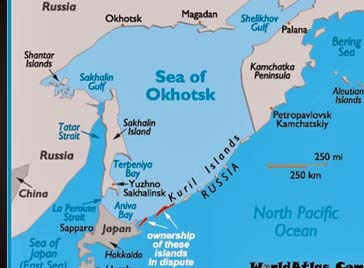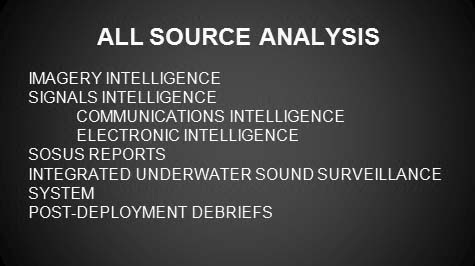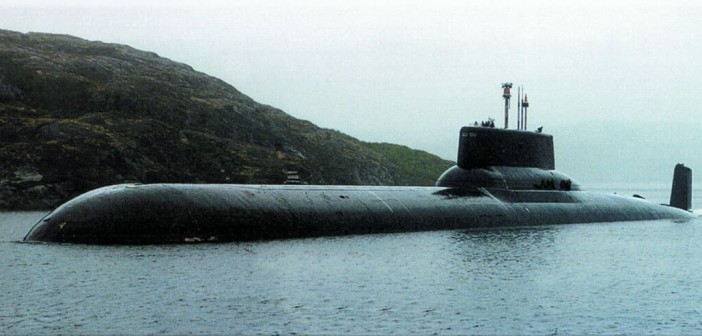 Gramps was delighted to have retired Navy Captain “Jerry” Stoll tell us about the tracking of Soviet submarines during the cold war. I am sure such tracking continues to this day. As an experienced Navy Intelligence Officer, he served on active duty from 1976 to 2006, of which substantial time was spent in the tracking of submarines.
Gramps was delighted to have retired Navy Captain “Jerry” Stoll tell us about the tracking of Soviet submarines during the cold war. I am sure such tracking continues to this day. As an experienced Navy Intelligence Officer, he served on active duty from 1976 to 2006, of which substantial time was spent in the tracking of submarines.
Since finding previously unknown submarines is difficult and unlikely, it is critical to track submarines from the time they leave port to be able to know their whereabouts at all times. This was extremely important since these vessels had the capability of launching nuclear armed ballistic missiles with no prior warning. The threat of a Russian attack, using their K-129 submarine, was emphasized by the possibility of an attempted attack that eventually led to the recovery by the Hughes Glomar Explorer as we have heard in a prior presentation.
 Vladivostok was one port that was on the Sea of Japan while Petropavlovsk was directly on the Pacific Ocean. This made access to deep water quicker from Petropavlovsk making tracking more critical. Forms of submarine tracking were SOSUS, Sound Surveillance System, operated with anchored buoys that transmitted information back to patrolling P-3 aircraft or perhaps surface ships in the area. Submarines at home in their ports were identified and evaluated by satellite images. These were high resolution enough to give very accurate information. Also used was the Surveillance Towed Array Sensor System, STASS, although its range was limited by the location and distance from the towing ship.
Vladivostok was one port that was on the Sea of Japan while Petropavlovsk was directly on the Pacific Ocean. This made access to deep water quicker from Petropavlovsk making tracking more critical. Forms of submarine tracking were SOSUS, Sound Surveillance System, operated with anchored buoys that transmitted information back to patrolling P-3 aircraft or perhaps surface ships in the area. Submarines at home in their ports were identified and evaluated by satellite images. These were high resolution enough to give very accurate information. Also used was the Surveillance Towed Array Sensor System, STASS, although its range was limited by the location and distance from the towing ship.
 The tracking took place on rolls of graph paper while notes were referred to as “Tea Leaves”. Our speaker, Jerry, was responsible for tracking 25 ballistic submarines. He would report on a daily basis but the reports were subject to an immediate call back if necessary. SOSUS was so sensitive that it would even detect the Russian Bear bombers in flight over the sensors. SOSUS and STASS were both part of the system called Integrated Undersea Surveillance System (IUSS).
The tracking took place on rolls of graph paper while notes were referred to as “Tea Leaves”. Our speaker, Jerry, was responsible for tracking 25 ballistic submarines. He would report on a daily basis but the reports were subject to an immediate call back if necessary. SOSUS was so sensitive that it would even detect the Russian Bear bombers in flight over the sensors. SOSUS and STASS were both part of the system called Integrated Undersea Surveillance System (IUSS).
 We thank Captain Stoll for his service as well as his presentation concerning this formerly very secret project that helped to keep the United States safe during the cold war.
We thank Captain Stoll for his service as well as his presentation concerning this formerly very secret project that helped to keep the United States safe during the cold war.




